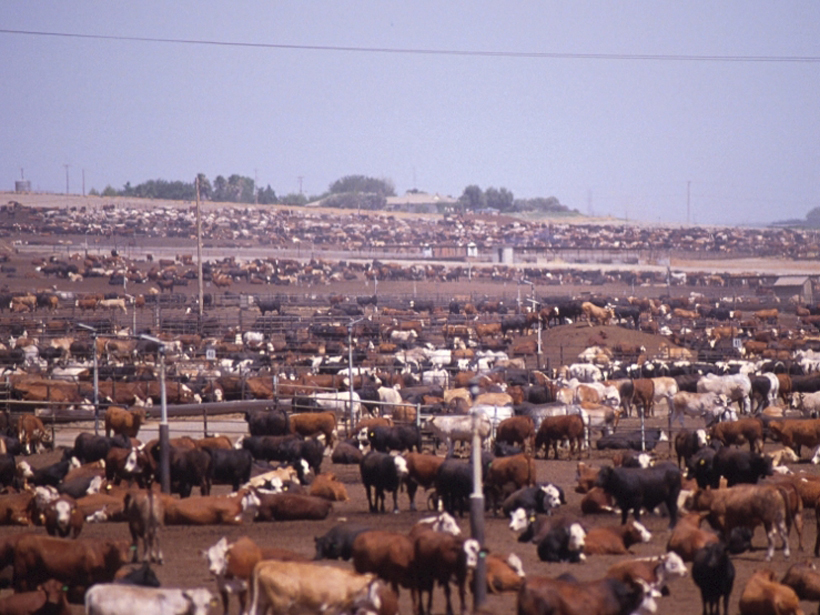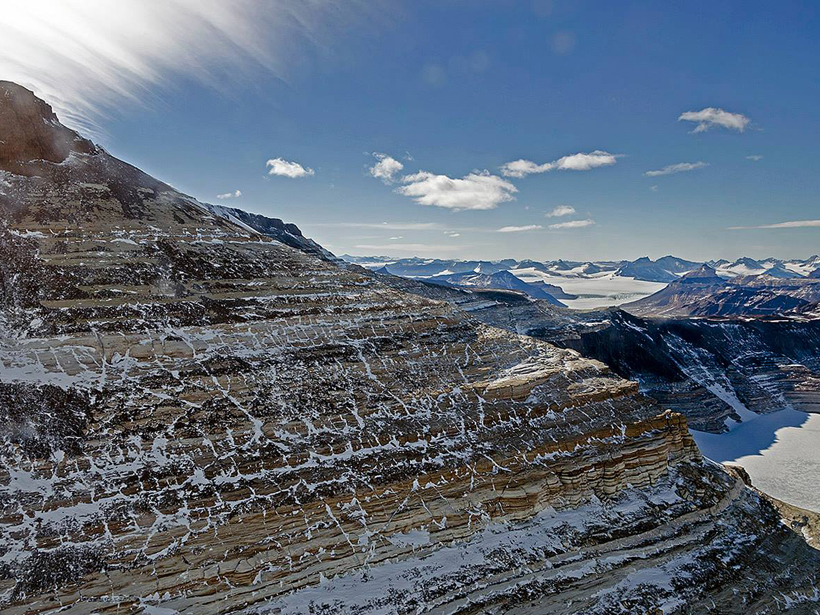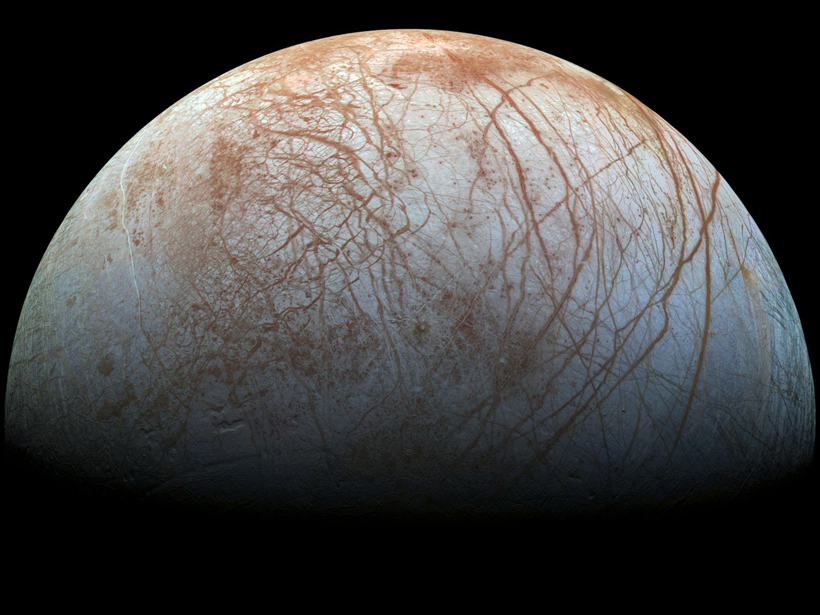Researchers investigate whether rain droplets alone can cause enough erosion to impact the shapes of hills.
Research Spotlights
Research spotlights are plain-language summaries of recent articles published in AGU’s suite of 24 journals.
U.S. Methane Emissions on the Rise
Data suggest that the United States may be responsible for half of global methane increase in the past decade.
Could We Have Predicted What El Niño Would Bring?
Researchers take a retrospective look to see if precipitation and flooding due to El Niño could have been predicted a priori.
Glacial Meltwater Features Depend on Glacier Type and Location
With climate change, some glaciers will melt faster than others, altering the proportions of nutrients in meltwater and changing downstream ecosystems.
Satellite Shows Earth's Magnetic Field Bent During a Solar Storm
When solar storms strike, they weaken Earth's defenses against harmful radiation. New satellite measurements reveal just how much.
Antarctica Gets a New Gravity Map
A comprehensive collection of variation in Earth's gravity could aid studies of the Antarctic geoid and of Antarctica's geology and ice sheet dynamics.
Reimagining a Fatal Flood
Researchers use high-resolution simulations to reexamine the rainfall events that led to one of the most destructive floods in U.S. history.
Hubble Gazes at Europa's Aurora
Scientists get their best glimpse yet of the shimmering phenomena on one of Jupiter's most intriguing moons.
Variable Mantle Lies Below Ancient Pieces of Earth's Crust
Underneath old and stable pieces of Earth's crust in North America, the mantle's uppermost portion contains multiple layers that change the velocities of seismic waves.
Recent Studies Crack Open New Views of Glacial Crevasses
Scientists review 60 years of direct and remote observations of crevasses and the models used to simulate them.







